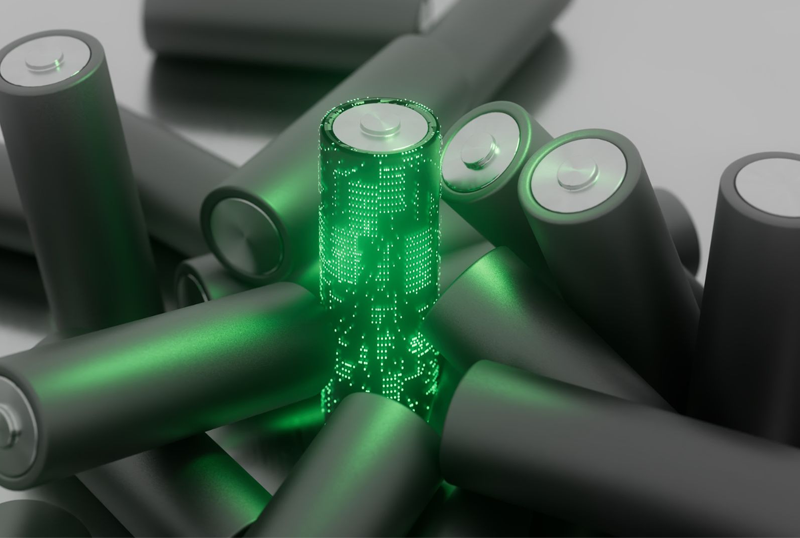What are the limitations or challenges associated with MWD technology?...
Read MoreWhat is the material of the negative electrode for high-temperature batteries?
The material selection of the negative electrode (also known as the anode) in high-temperature batteries may vary depending on the specific type of battery and its intended application. However, some common materials used as negative electrodes in high-temperature batteries include:
Lithium titanium oxide (LTO): LTO is a high-performance anode material commonly used in lithium ion batteries for high-temperature applications. It is known for its high stability, low polarization, and long cycle life.
Lithium iron phosphate (LFP): LFP has high thermal stability, low toxicity, and excellent cycling performance, making it a popular anode material in high-temperature lithium ion batteries.
Silicon (Si): Silicon based anode materials have been developed for use in high-temperature batteries due to their high capacity and energy density. However, they are still in the experimental stage and face challenges related to stability and durability.
Carbon based materials: Various carbon based materials such as graphite and graphene can be used as anode materials for high-temperature batteries. They have good cycle performance, stability, and low cost.

Extend Knownledges
What are the limitations or challenges associated with MWD technology?
What are the limitations or challenges associated with MWD technology?...
Read MoreAre there any limitations or considerations for using an autoclave?
Are there any limitations or considerations for using an autoclave?...
Read MoreWhat temperature and pressure are typically used in an autoclave?
What temperature and pressure are typically used in an autoclave?...
Read More